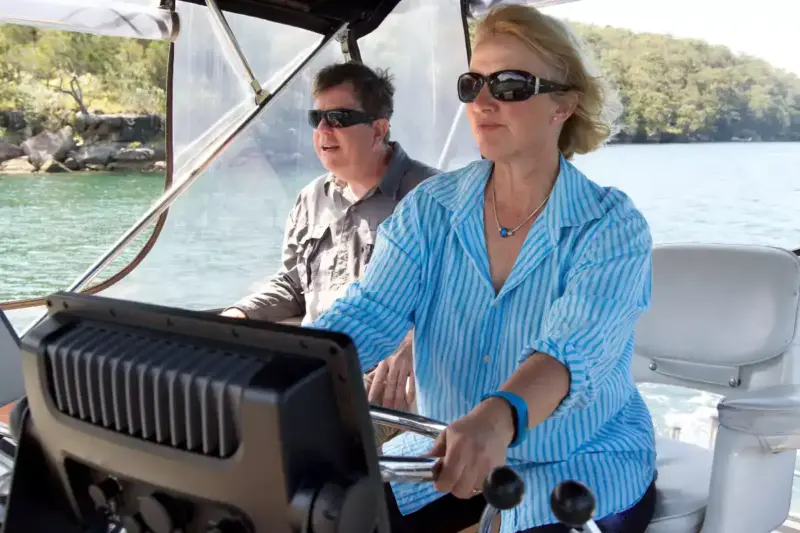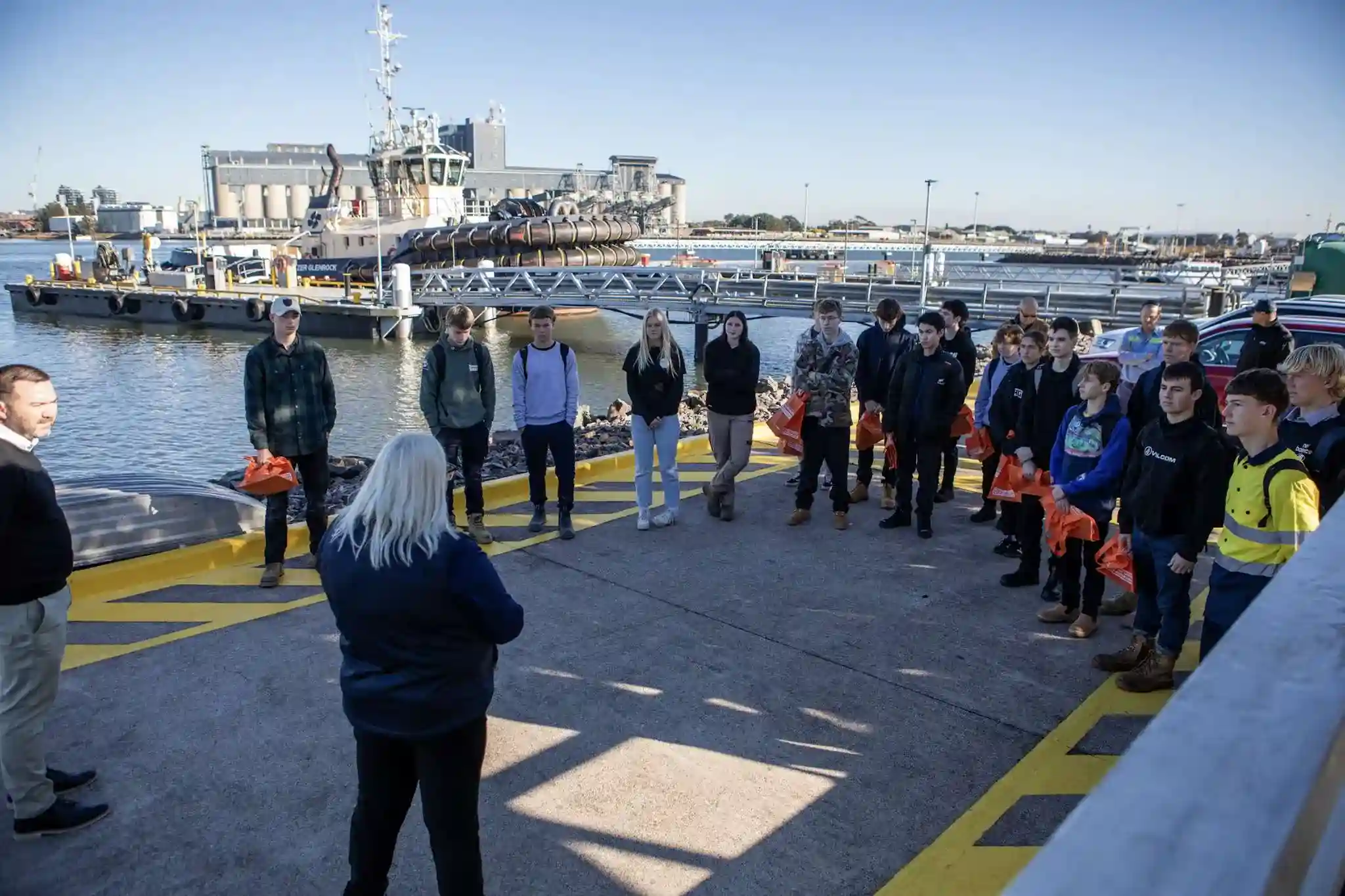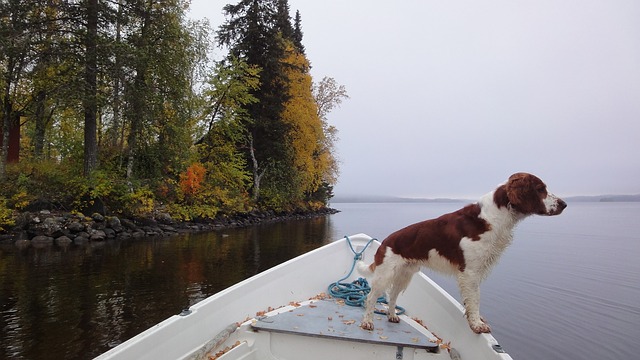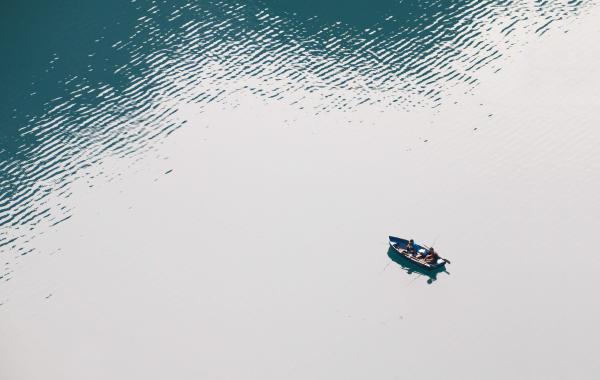
Anyone who has spent a great deal of time out on the waters around Australia can tell you just how important a quality pair of sunglasses can truly be. Sunnies are more than just a way to keep the glaring sun out of your eyes. They protect your eyes from UV radiation. They reduce the type of glare the water is known for that will impair your vision. They reduce light intensity by between 80 or 90%, virtually eliminating one of the biggest safety hazards you’ll face.
But again, not all sunglasses are created equally. If you really want to make sure you’ve got the right pair for your next trip, there are a few key things to keep in mind.
Picking the Perfect Sunglasses
One of the most important things you should do before buying any pair of sunglasses involves making sure that they’re properly polarised. Even on really cloudy days, high-intensity light reflecting off the surface of the water can still overwhelm your eyes. A regular pair of sunglasses will do nothing about this – but polarised glasses will. These lenses have a special type of film that blocks horizontal light waves, allowing only the vertical waves through to your eyes. They will reduce glare in a far more effective way than regular lenses.
You’ll also want to pay close attention to the tint of the lens itself. As a general rule of thumb, remember that the darker the lenses, the better those lenses will perform on really bright days.
Finally, you’ll want to give consideration to the shape of the lenses. If a lens is curved, it could distort the light as it passes through to your eye – thus making images appear inaccurate and causing headaches the longer you wear them. Likewise, you’ll want to resist the urge to buy a set of lenses that wrap around your eye for the exact same reason. If reducing the chance of foreign material entering your eyes from the sides of the glasses is a priority, you’ll definitely want to find another way to do that.
Remember that flatter lenses always bring with them significantly reduced amounts of distortion, if there is any distortion present at all.
The Maritime and Safety Training Approach
Once you’ve got your boating sunnies in order, the next most logical step involves taking to the open water for a day of fun and excitement – which means that you need to be able to operate your vessel as safely as possible at all times. Whether you need a boat licence in NSW or Victoria, or just want a timely refresher to ensure your skills meet the latest best practices, we have a wide range of maritime and safety training courses for recreational and commercial endeavours.
To learn more about all of our upcoming course schedules, or to get other answers to all of your essential questions, please don’t delay – contact Maritime and Safety Training today.





